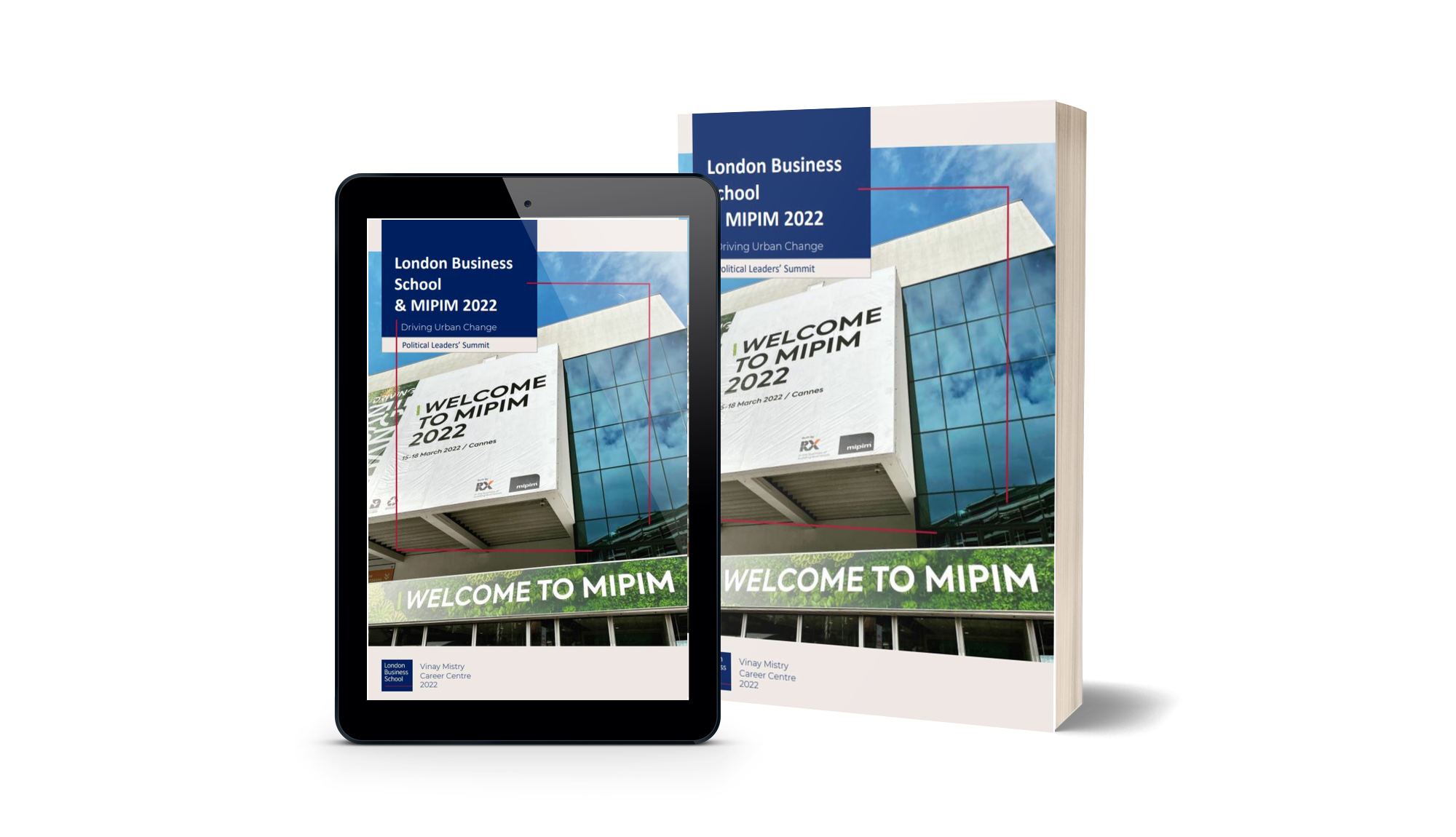The role of the property industry is not just providing tenants with four walls and a roof over their heads; it is about viewing tenants as customers and providing them with a service – that’s the message from Andy Pyle, UK head of real estate at KPMG.

Whitepaper : LBS political leaders summit
According to Pyle, alternative asset classes such as student accommodation, PRS and co-working are leading the way in ‘property as a service’, but retail and office owners are also starting to pay more attention to customer experience. MIPIM UK caught up with Pyle to find out more.
How do you define ‘property as a service’?
It’s fundamentally about taking a more customer-focused approach. For instance, rather than a customer signing a lease and then having responsibility for fit-out they say ‘we want this space for this time on this basis’. Then the owner of the space gets it ready for them and provides it to them at a cost. That cost isn’t based around a traditional lease where the customer signs a lease for the space and then pays for other things on top through a service charge. Rather, it’s priced per desk and includes certain service levels. It’s about trying to be more flexible and providing solutions.
It’s interesting that you use the term ‘customer’ rather than ‘tenant’ or ‘occupier’. Why do you think it has taken until now for landlords to view property as a service?
Some of the terminology that’s used in property around ‘landlords’ and ‘tenants’ is inherently adversarial. Even ‘rent’ in economic terms has monopolistic connotations and meanings. But things are definitely changing across the industry. Placemaking, for instance, is fundamentally customer, individual and consumer facing. I think there are also broader trends out there in the commercial world, such as the war for talent, the need to focus on employee wellbeing and realising that property and workplace are actually really important. Previously, it was all about wanting to build a great building. But now when you talk to many of the listed property companies and investors they’re saying that what defines a great building is the experience that people have.
Is this being driven by the expectations of the millennial generation?
I think it is difficult to generalise about a generation like millennials, because if you look at the age range it spans then you have people at fundamentally different stages of life. But I think that younger people do have different expectations in terms of what they want from their working life. They realise that they’re going to be working for 40-50 years and, as a result, they want their workplace to be a good environment.

Whitepaper : LBS political leaders summit
What does property as a service look like in a retail environment?
It’s quite similar in that it’s about providing people with different sorts of things. For instance, the owner of a shopping mall can now capture huge amounts of data about people who are visiting it. So, the sort of areas where you can add value for your customer are actually helping them understand who is coming into the shopping centre and who is and isn’t visiting their store. You can think about how you direct footfall. Retailers and landlords don’t always see eye to eye, but I think there is an opportunity for more partnership. It’s about looking at how you can collaborate effectively to get more people into a store and spend more of their money with a particular retailer.



